MEMBERSHIP
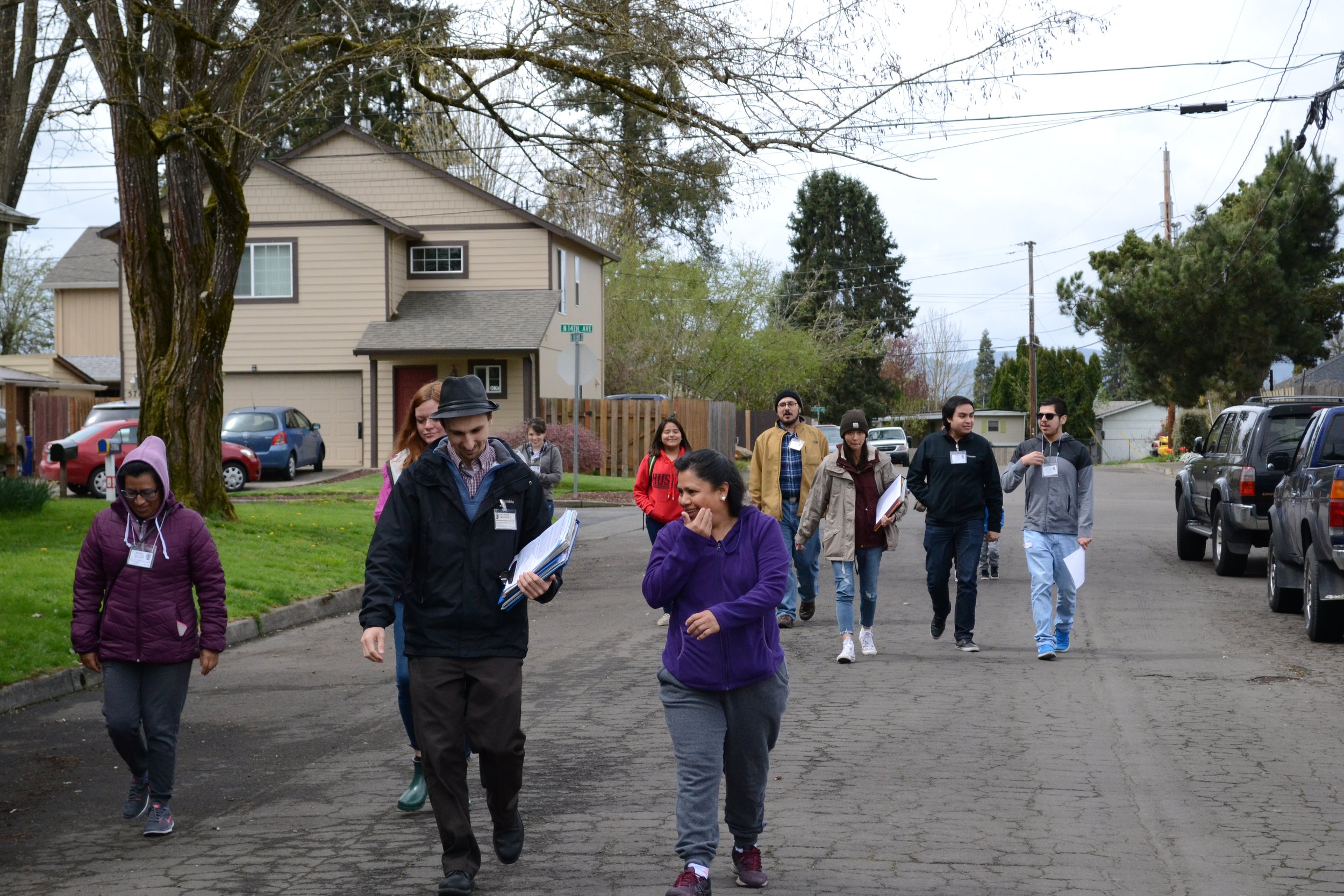
WFWA provides a chance for workers to speak for themselves
No other interest save the workers’ themselves is served
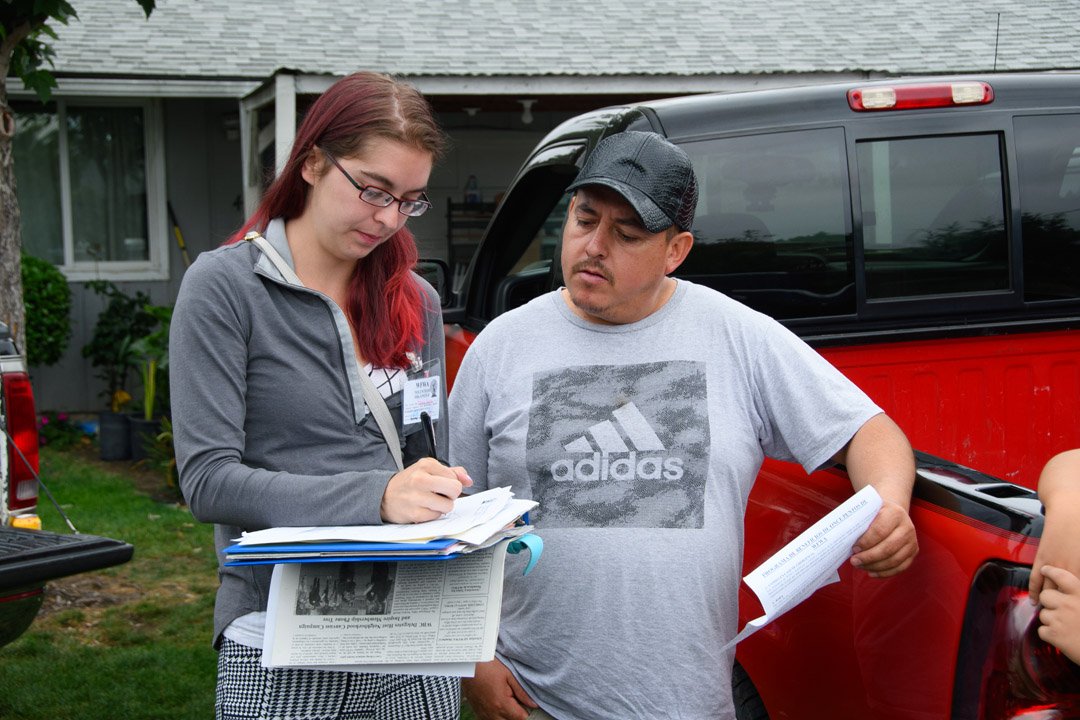
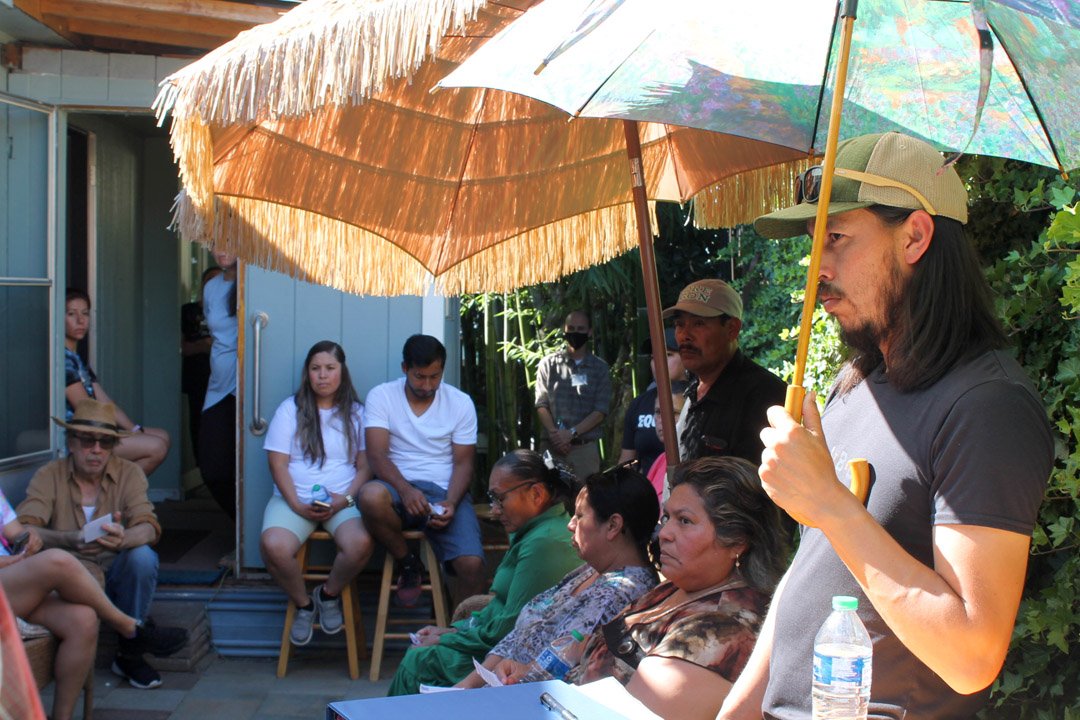

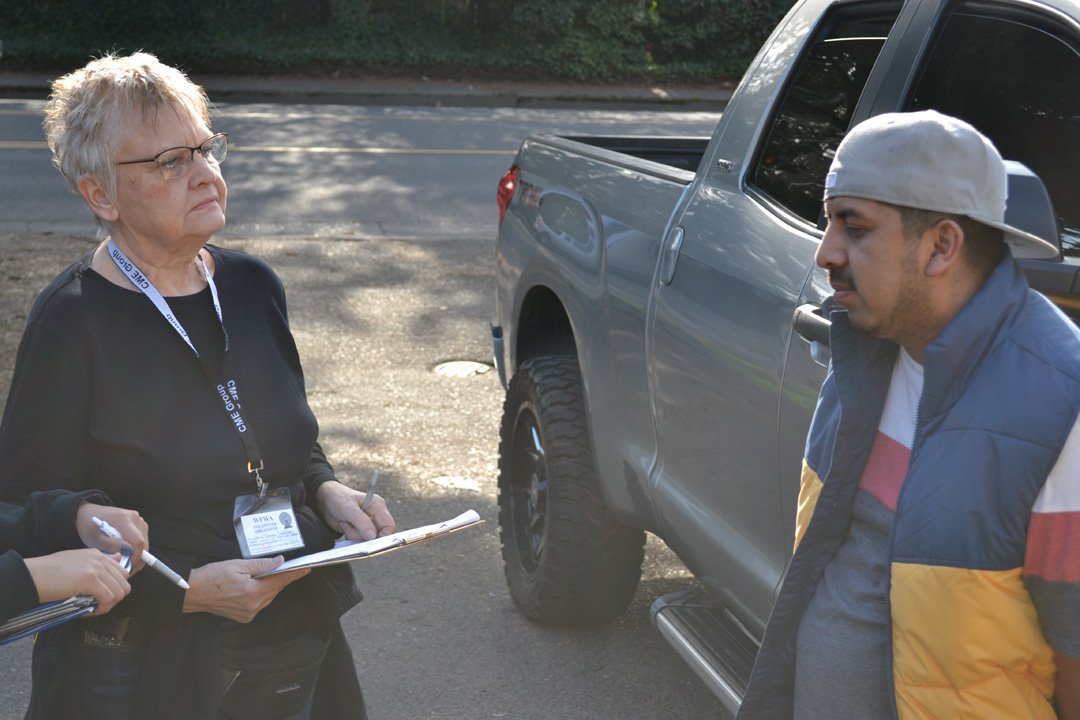
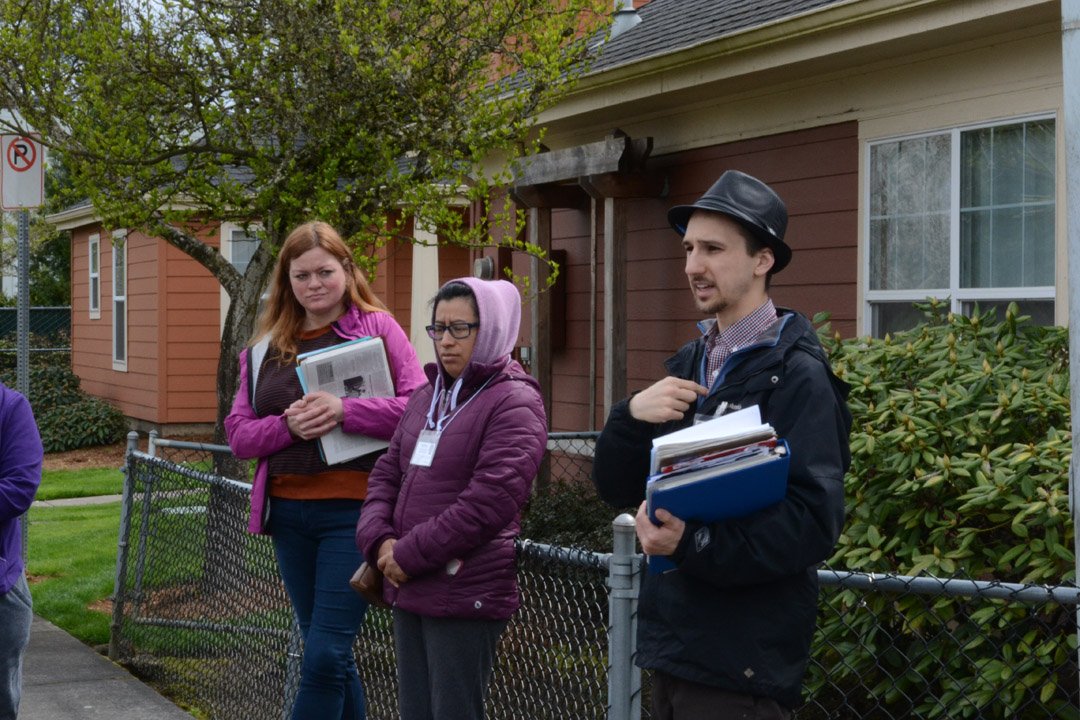
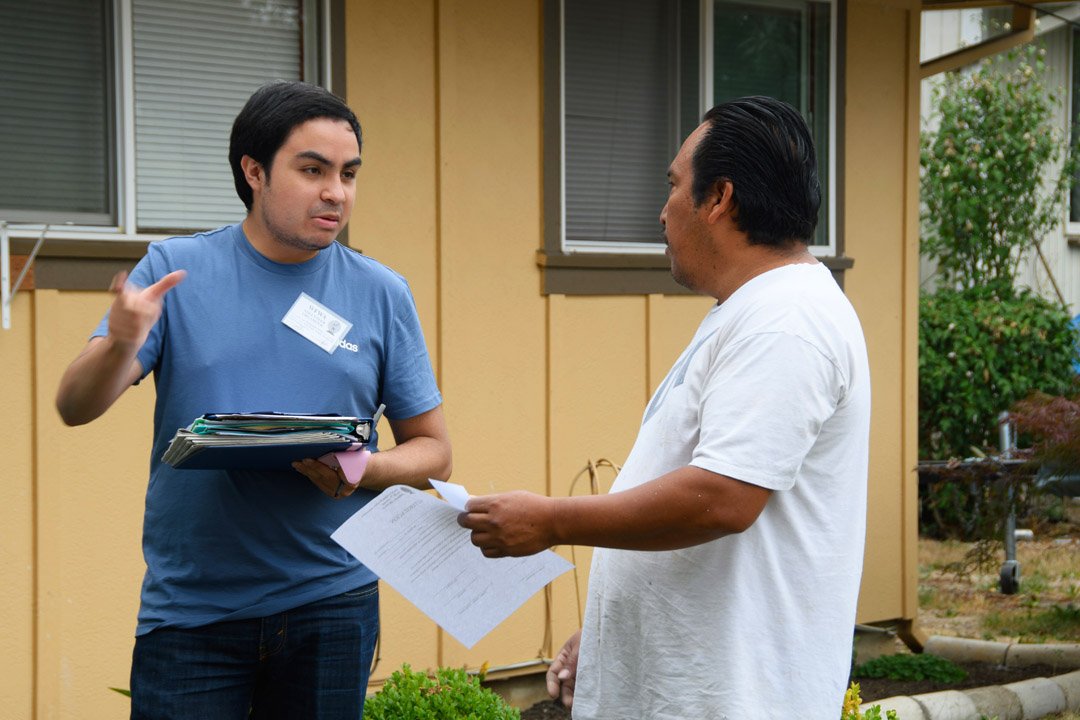


12% of the U.S. population is trapped in a condition of hunger, with 16.7% of children not knowing where they next meal is coming from.
Who are our members?
WFWA’s members are unrecognized workers and are the backbone of the economy: we pick blueberries and strawberries, we produce Christmas wreaths and garland, tend to the tree and shrub nurseries and do a variety of other vital jobs including hotel and office maintenance, construction, landscaping and childcare, yet often receive wages that don’t cover survival needs for a family.
Nearly 40 million U.S. residents live in poverty.
Illustration by Sophia Lauren Franco
Who are unrecognized workers?
Unrecognized workers are not recognized by the 1935 National Labor Relations Act (NLRA) as having the right to collective bargaining that their employer must recognize. Unrecognized workers do farm labor, temporary work, in-home care, part-time or casual jobs; they are domestic servants, independent contractors, gig workers or seasonal workers – and now make up the majority of the U.S. workforce.
According to the Federal Reserve, one in four Americans could not afford a $400 emergency without selling something or borrowing money.
Sustainable Organization is
Here to Win, Here to Stay with WFWA
An average worker in the bottom 50% would have to work 112 years to earn what someone in the top 1% makes in just one year.
Willamette Valley Workers Benefit Council (WBC)
The Willamette Valley Workers Benefit Council (WBC) is a council of members who take on leadership roles in the organization. Membership decisions are made by consensus by the WBC where delegates agree upon proposed actions of the membership and development of the benefit programs offered by WFWA. Any member or spouse of a member has full voice in membership meetings.
The number of companies that fully depend on “gig” workers to operate increased by 554% between 2014 and 2018. In 2021, there were 59 million gig workers in the US. 44% of those gig jobs provide the worker’s primary source of income.
From the Streets to the Farms:
Uniting Seasonal and Migrant Farm Workers
Thousands of migrant farm workers — primarily from small towns in California’s Central Valley — migrate hundreds of miles to Oregon to work in Washington County’s berry harvest. These workers are essential to that harvest, yet often face precarious living and working conditions.
In order to change these conditions, workers need to have organization. WFWA members and volunteers organize resources requested by migrant workers, such as clothing, food, sun protection and cooling equipment, and deliver those resources to the migrant camps through Operation Camp Crew.
Migrant workers join WFWA as members and attend membership meetings to discuss how to expand the self-help, 11-point benefit program and join other organizational activities, thereby learning organizing skills.

















